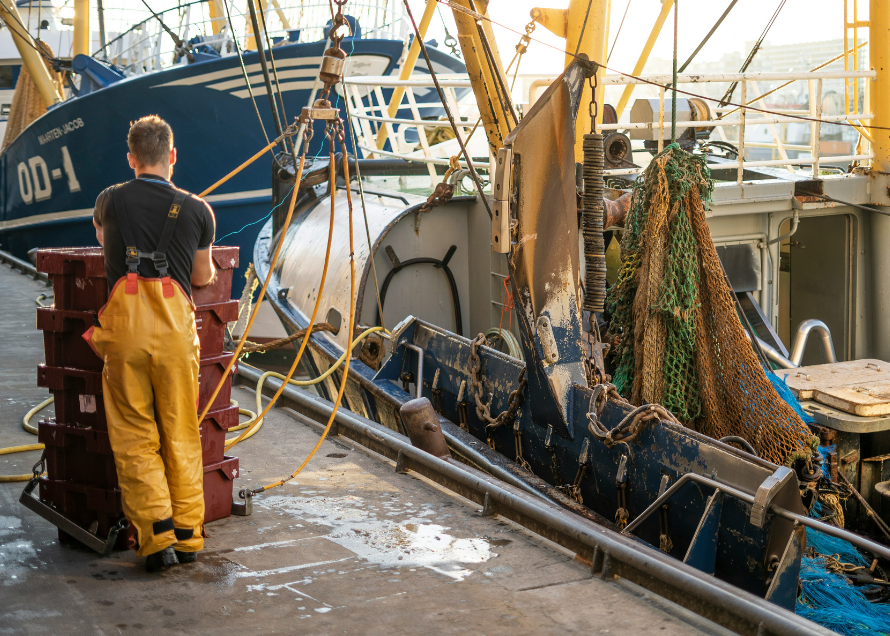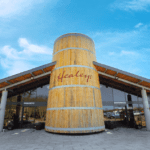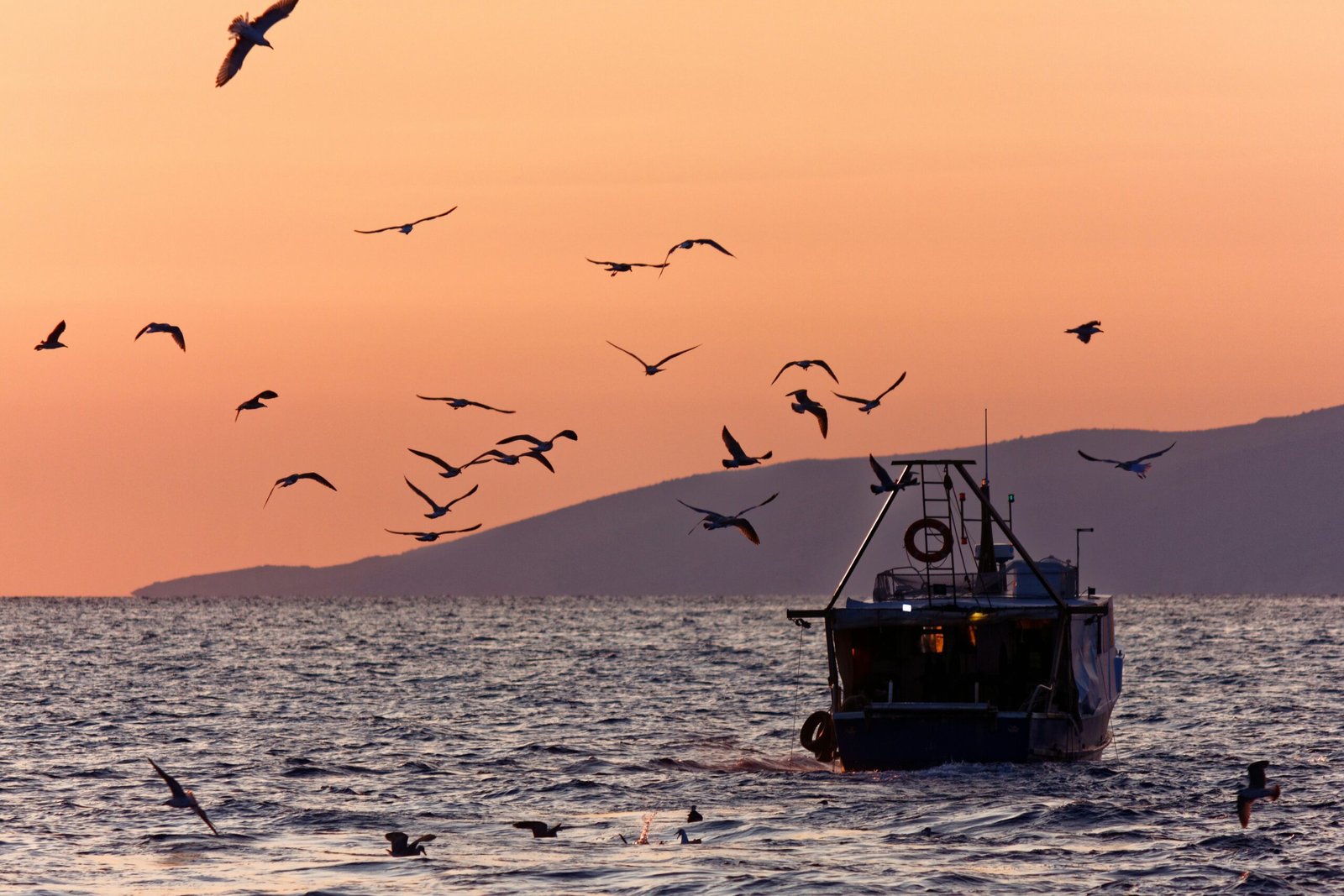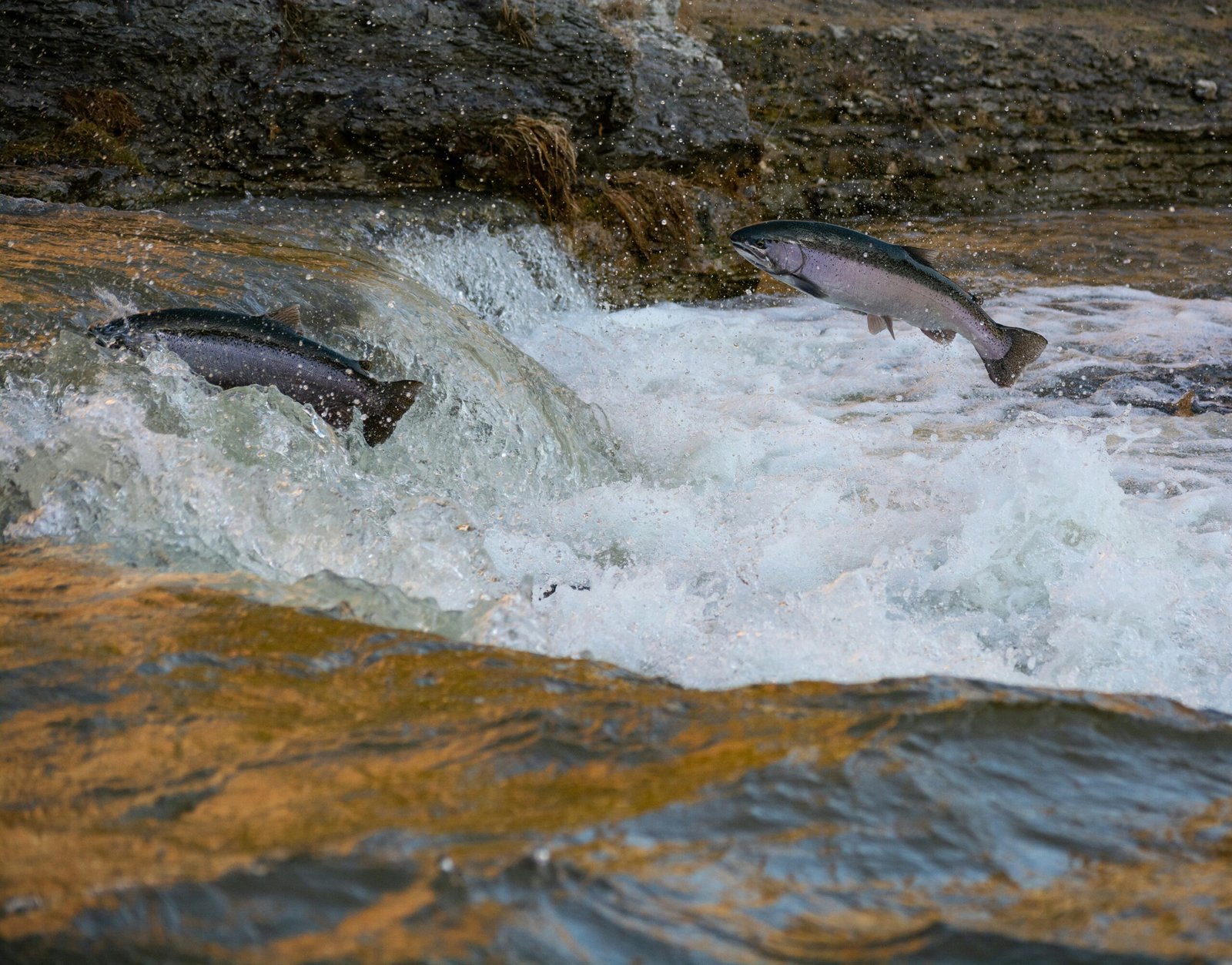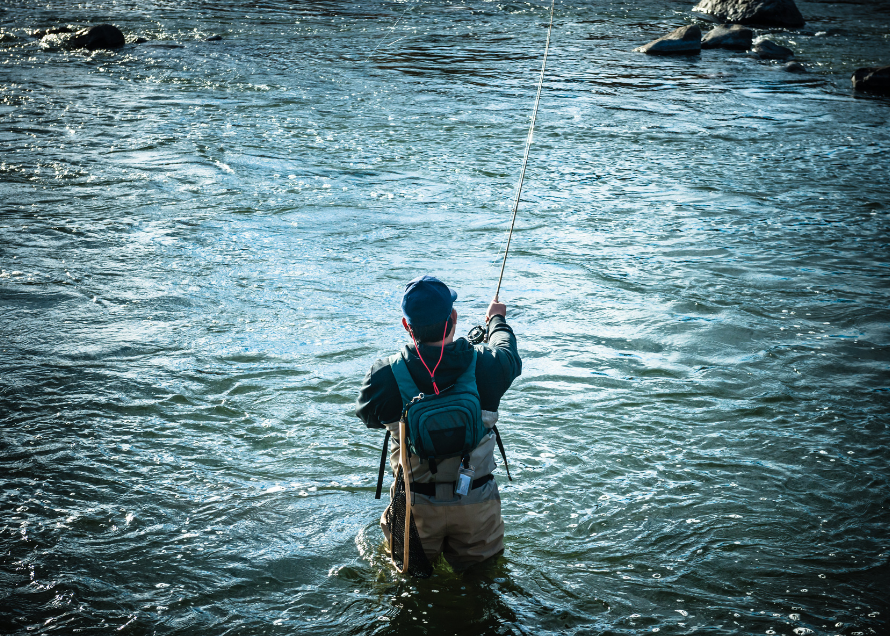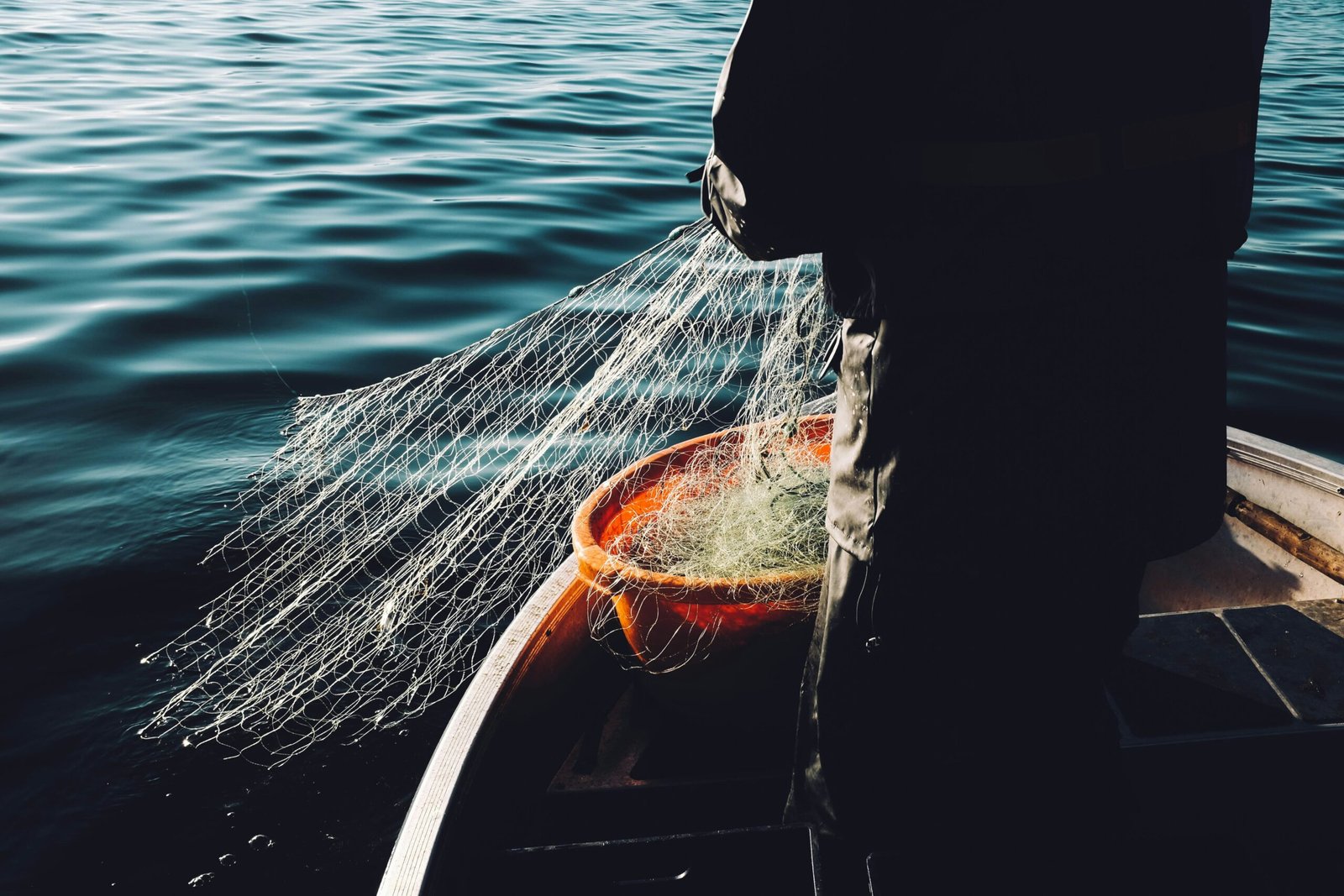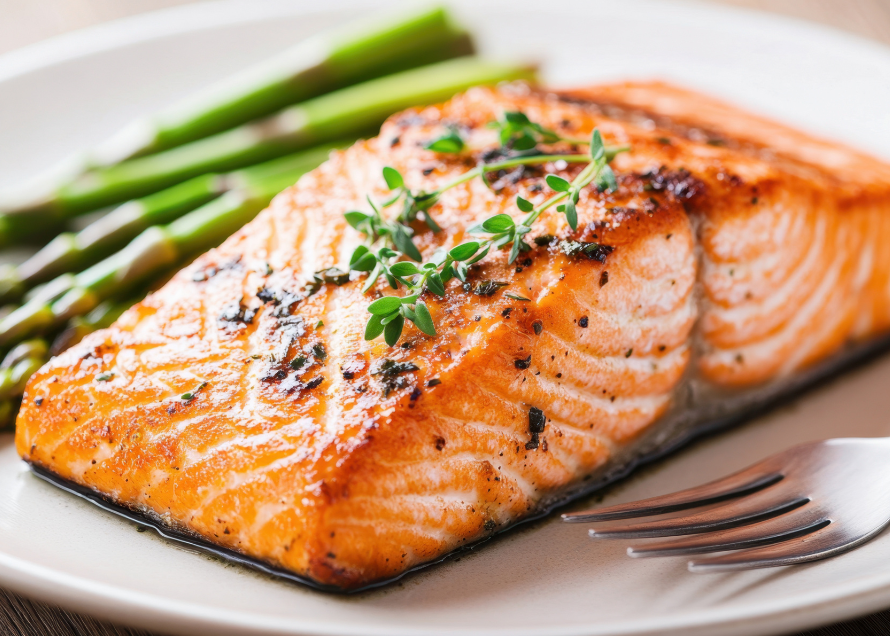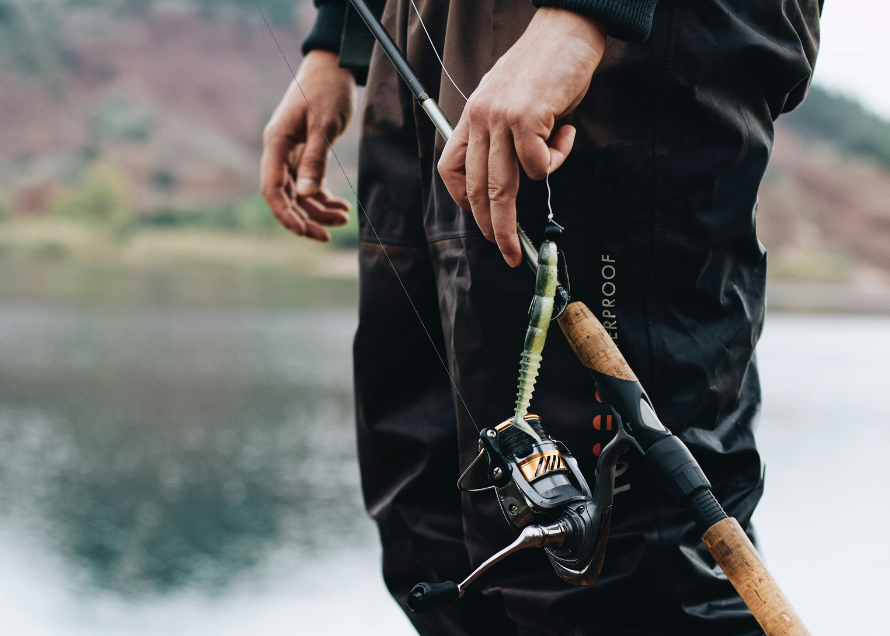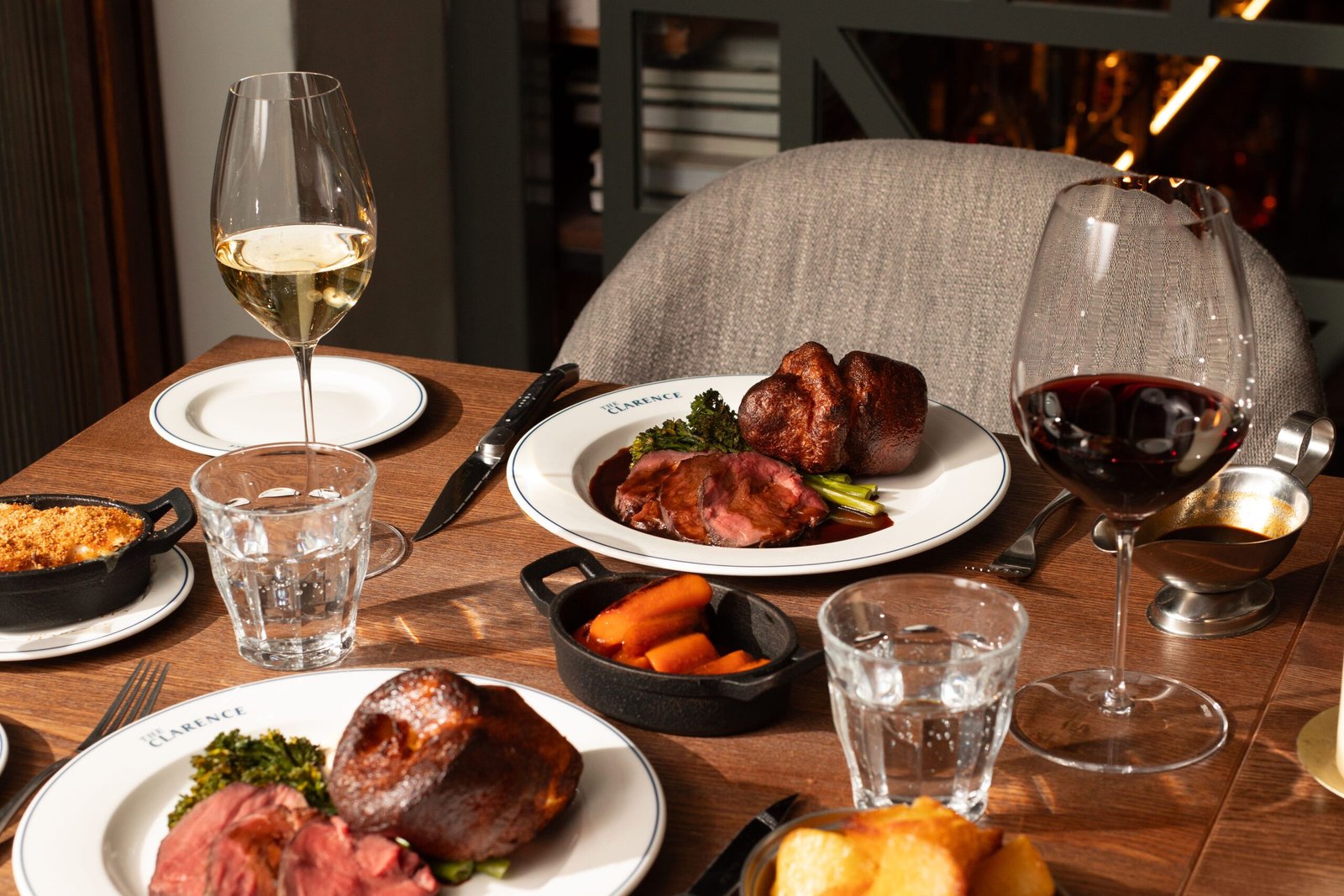Shetland Fishermen’s Association (SFA) has proposed maintaining the 2026 Total Allowable Catch (TAC) for Northern Shelf cod at 2025 levels, in response to ongoing uncertainties in assessments of the stock.
Advice published yesterday by the International Council for the Exploration of the Sea (ICES) proposes an outrageous ‘zero catch’ for cod quotas next year, but has been marred by procedural delays, technical errors and scientific uncertainties.
An alternative proposal from the Shetland fleet highlights questionable assumptions in the ICES advice, and advocates a more cautious and evidence-based approach to protect both the cod stock and fishing communities. SFA members believe that the credibility of ICES’ stock assessment has been undermined, and that the uncertainties which beset it render the ICES advice risky in its own right.
James Anderson, skipper of the whitefish vessel Alison Kay (LK 57) and chair of the SFA, said: “Implementing zero catch quotas for cod would be fleet-ending madness. Governments cannot expect fishing businesses, surrounded by cod, to tie up for a year and still be here in 2027.
“Fishing crews in Shetland do not believe that further quota reductions would do anything to encourage growth in the cod stock, and so we are proposing a series of measures which will more successfully balance stock sustainability and economic stability – until the various scientific uncertainties around cod are better resolved.”
“We hear a lot from governments about following the best available scientific advice, but – when there is only one source of scientific advice, and that advice is unreliable – there is danger in proceeding on the basis of uncertainty,” said SFA Executive Officer Daniel Lawson. “Following such extreme advice, littered with uncertainties and assumptions as it is, would be an irresponsible and hugely damaging thing for governments to do.”
You Might Also Like:
The Shetland proposal includes:
- Extended spawning ground closures across the North Sea and enhanced real-time closures to protect juvenile cod.
- Voluntary 30% TAC reductions for haddock and whiting to reduce cod bycatch in mixed fisheries.
- Doubling the scientific quota available for cod studies through industry contribution, to help resolve the scientific uncertainties which plague the Northern Shelf cod stock assessment.
- TAC constraint to limit annual quota fluctuations, ensuring some stability for fishing businesses.
The association warns that drastic TAC cuts would devastate North Sea fishing communities, particularly in Scotland, where cod supports £310 million in fishing opportunities. A much-reduced TAC also risks undermining the landing obligation by forcing vessels towards discards in such a mixed whitefish fishery, such as around Shetland, where cod is unavoidable. The alternative would be to stop fishing, tie up, and go out of business.
Faced with the potential ruination of their livelihoods, fishing crews in Shetland urge UK, EU, and Norwegian governments to take a balanced approach that prioritizes evidence, sustainability, and socio-economic stability over irrational and uncertain stock advice.

